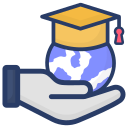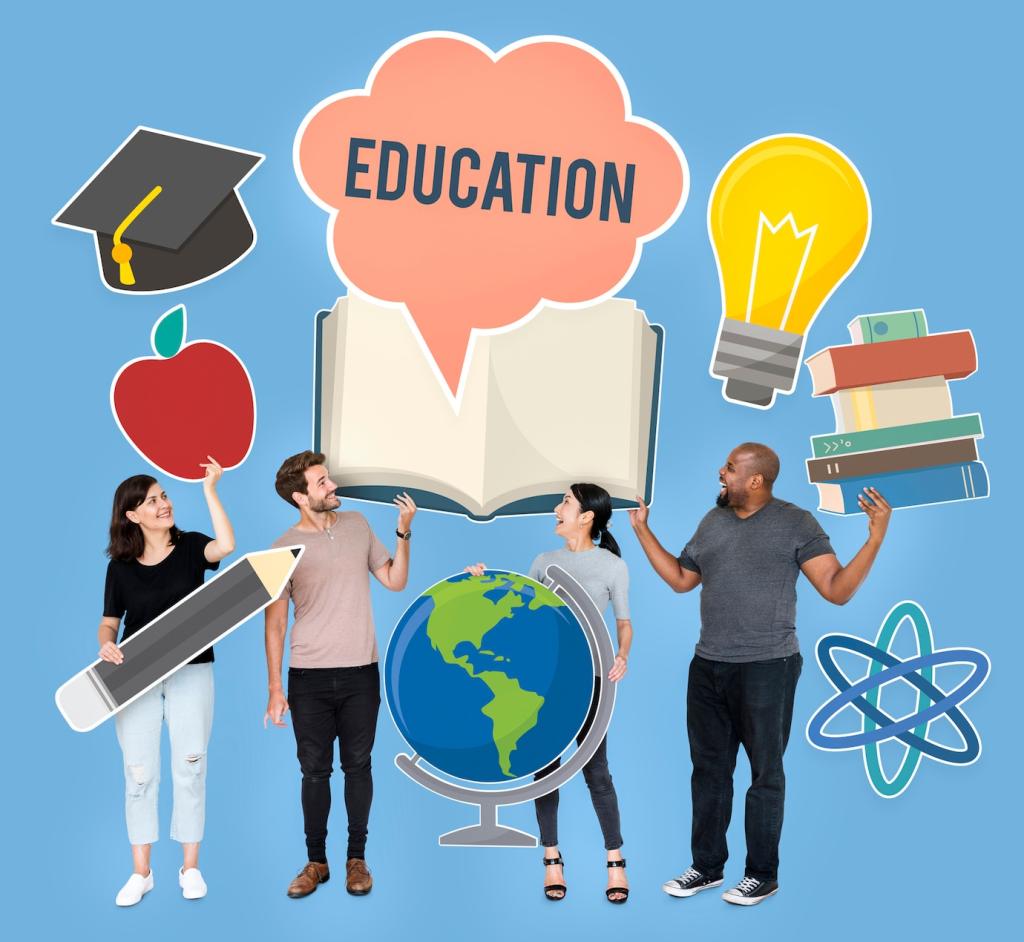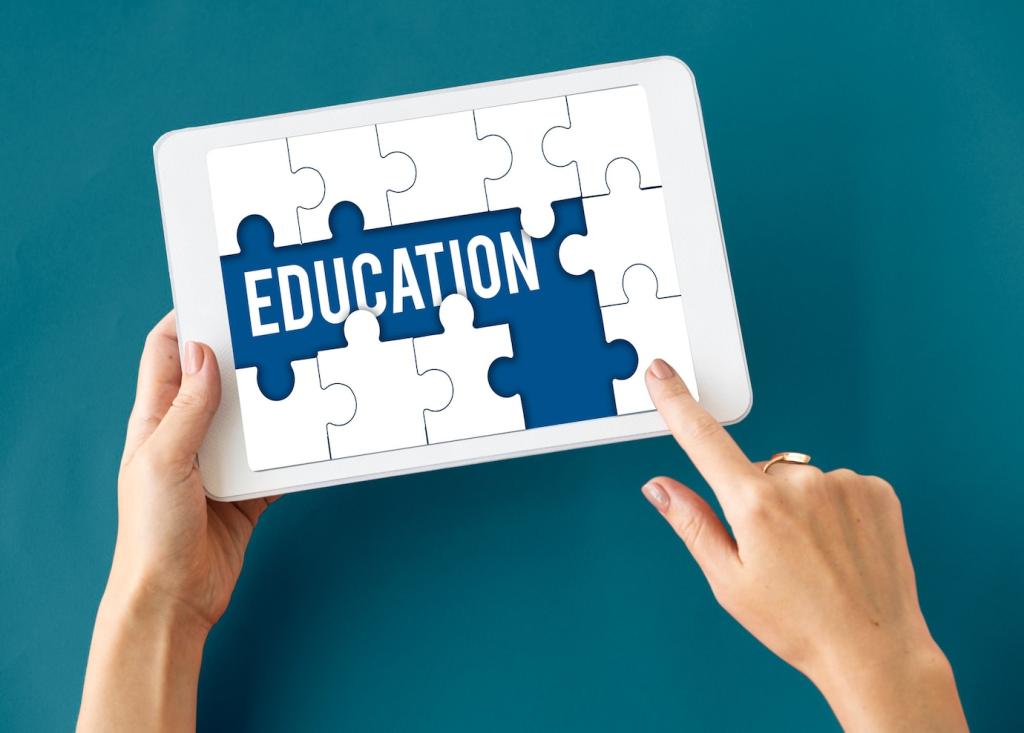Measuring What Matters
Completion rates, time to credential, job placement, wage growth, and skills proficiency tell a fuller story than headcounts. When programs report these outcomes transparently, learners can choose wisely and funders can resource the pathways that truly deliver opportunity.
Measuring What Matters
Disaggregating outcomes by income, race, disability, age, and region ensures access is real for everyone, not just averages. Equity-focused benchmarks reveal gaps, guide targeted supports, and celebrate progress where barriers are being dismantled effectively and sustainably.










